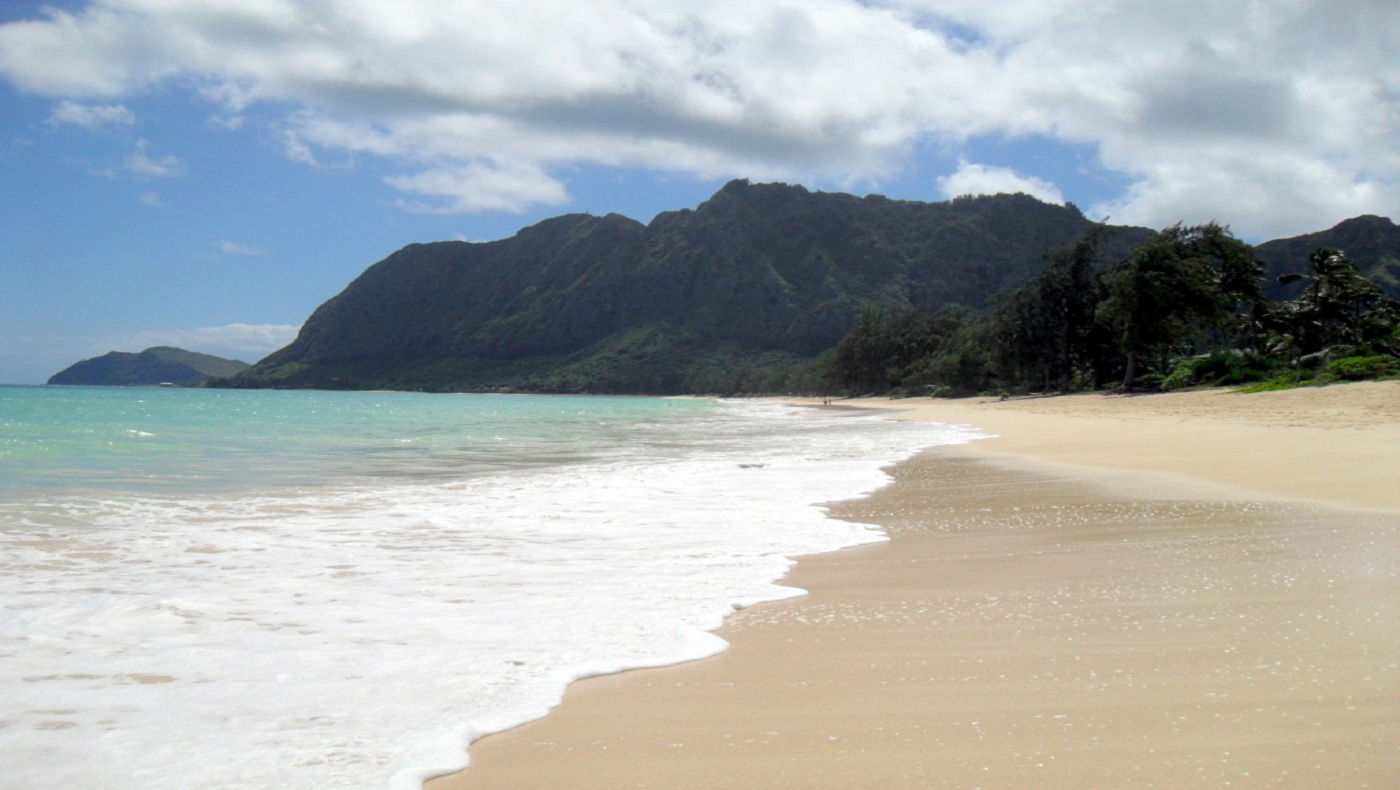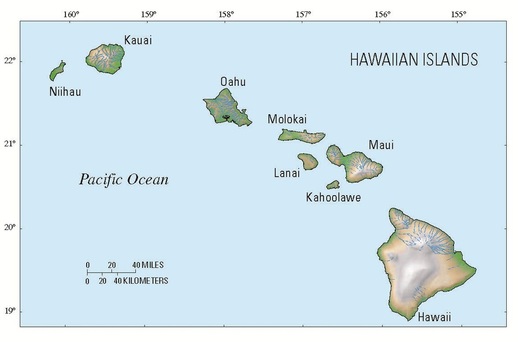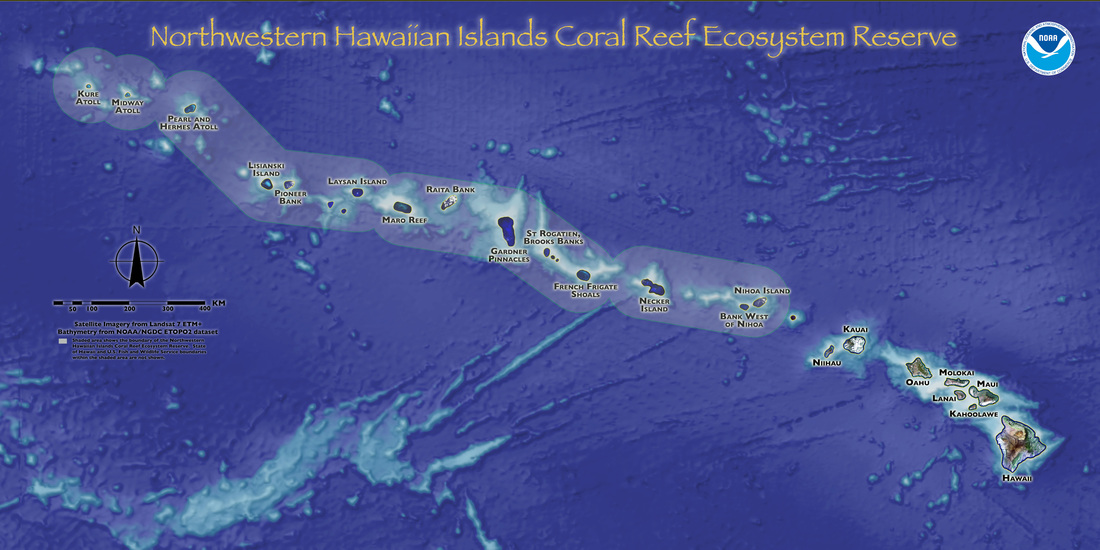The Hawaiian island chain is the most remote chain of islands on our planet. The eight main Hawaiian Islands include:
- Niihau
- Kauai
- Oahu
- Maui
- Molokai
- Lanai
- Kahoolawe
- "The Big Island" Hawaii
Interestingly enough, there is actually an extension of the main Hawaiian Island chain that extends approximately 1200 miles north of the island of Kauai, almost halfway to Japan. In total, the Hawaiian Archipelago consists of over 130 scattered points of land stretching some 1,600 miles in length from the Kure Atoll in the north to the Island of Hawaii in the south.
Papahānaumokuākea, also known as the Northwest Hawaiian Islands (NWHI) National Monument, is the single largest conservation area in the United States of America. NWHI is managed by United States Fish and Wildlife Service and the Hawai'i Department of Land and Natural Resources. Current uses are limited primarily to management activities by jurisdictional agencies, research, education, Native Hawaiian practices, and a small number of recreational trips and visits to historical sites.
The Northwest Hawaiian Islands National Monument (Papahānaumokuākea) was designated as a Marine National Monument in June of 2006 by, then President, George W. Bush. National Monument designation now preserves and protects this area of approximately 140,000 square miles from the threats of the modern world. The unique species that are protected here include:
- Millions of seabirds (Laysan albatross, Black-footed albatross, Frigate Bird [Hawaiian Iwa])
- Deep sea corals
- Hawaiian Monk Seal
- North Pacific Humpback Whale
- Hawaiian Green Sea Turtle
- Tropical fish
- Marine invertebrates
- Hawaiian Spinner Dolphin
The area is also important to Native Hawaiians for culture, history and religion. For more information about Papahānaumokuākea and how you can help to support it's conservation, please visit http://www.fws.gov/refuge/Hawaiian_Islands/.







 RSS Feed
RSS Feed